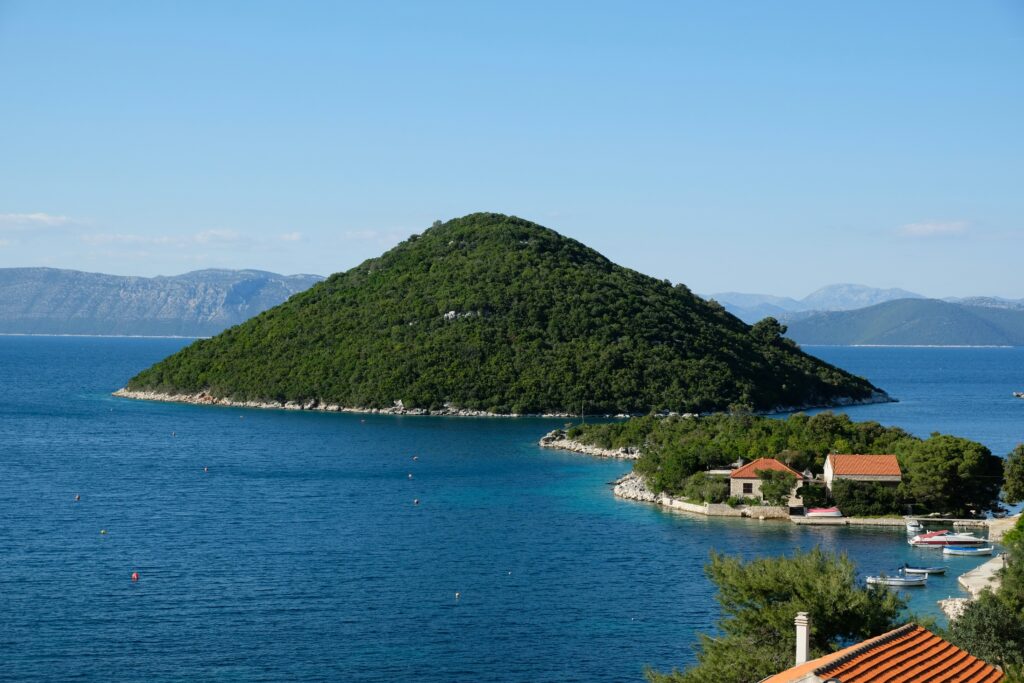
Croatia: The 7 Best Hikes
From Sea to Summit, This Country Was Made for Your Boots
We’ve hiked cliffs in Peru, scrambled volcanic rock in Indonesia, and followed goat tracks in the Swiss Alps, and Croatia gives you a little bit of everything. A country stitched together by limestone ridges, pine-covered isles, and medieval fortresses, it’s a hiker’s dream that rarely tops the Euro trail bucket list.
Whether you’re solo with your journal and hiking poles, or rolling deep with your best mates, Croatia’s got the kind of trails that lead to turquoise waterfalls, hidden war bunkers, and cliffside chapels. Here’s our field-tested, sweat-earned list of the seven best hikes in Croatia—complete with everything you need to know before lacing up.
If you’re headed to Croatia, be sure to check out these other articles from Cerca – all about the most authentic foods to eat and some secret spots and hidden gems not to be missed.
And for all the cultural “do’s” and “don’ts” and a good laugh, listen to MisInfoNation.
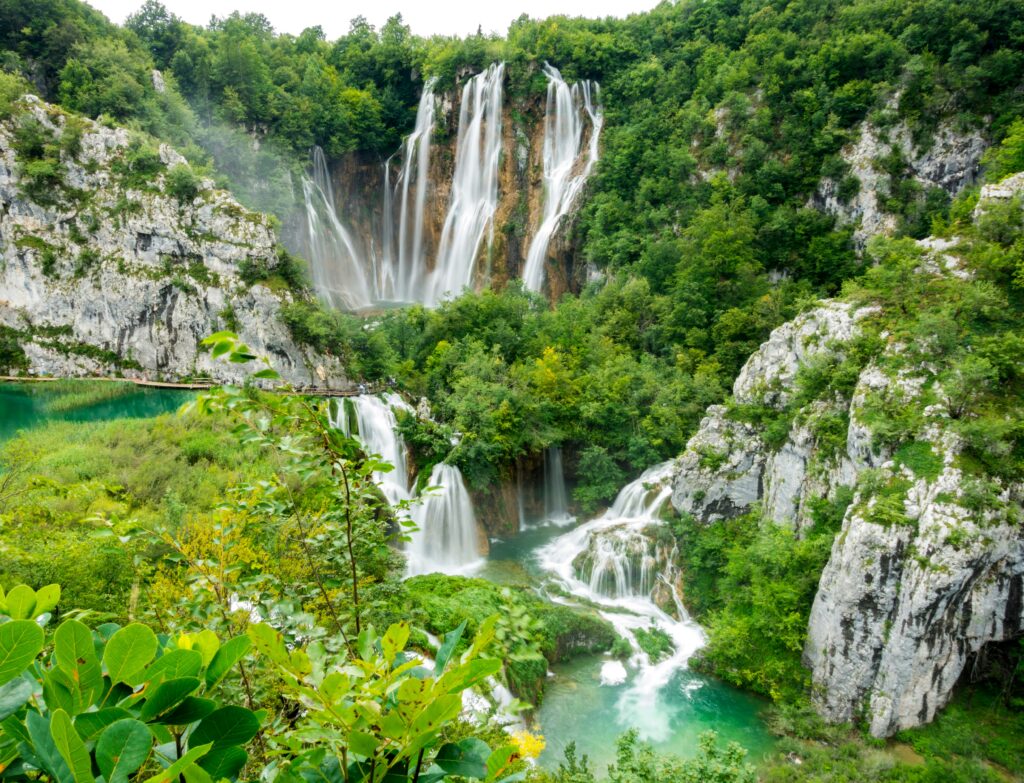
1. Plitvice Lakes National Park – Veliki Slap Loop
Difficulty: 3/10
Time: 2–3 hours
Where: Central Croatia
Distance: ~5 km
Experience Must-Have: Walking across wooden boardwalks that float over electric-blue lakes.
This isn’t just a hike—it’s a real-life fantasy sequence. It’s also one of the most well known hikes on this list – with good reason – sometimes the popular stuff is popular for a reason. Think 16 interconnected lakes spilling into each other with dozens of waterfalls crashing around you. Veliki Slap (literally “Big Waterfall”) is the prize at the end of this easy but unforgettable loop.
Background:
Plitvice Lakes National Park has been captivating travelers for centuries, but its story runs far deeper than picture-perfect waterfalls. The park was officially designated as Croatia’s first national park in 1949, and in 1979 it became a UNESCO World Heritage Site—one of the first natural sites in the world to receive the honor. But its roots stretch much further back, shaped by geology, mythology, and political upheaval.
The lakes formed over thousands of years through a rare geological process called tufa formation, where calcium carbonate builds natural dams and creates cascading terraced lakes. According to local legend, the lakes were a gift from the Black Queen, who unleashed rain after a long drought—turning barren land into this lush water-world.
But Plitvice also carries the scars of conflict. During the Croatian War of Independence in the 1990s, it was the site of the first armed clash between Croatian forces and the Yugoslav People’s Army. Known as the “Plitvice Lakes Incident,” the battle marked the start of the brutal war that followed. Today, the park has healed, but visitors can still sense its layered past.
What to wear/pack:
Waterproof shoes (boardwalks can get slick), sun protection, refillable water bottle. No swimming here—it’s a UNESCO site—but bring your camera, it’s Insta heaven.
Weather watch:
Spring to early autumn is perfect. Summer can be crowded, but early mornings beat the masses.
Transport & parking:
Drive in and park at Entrance 1 or 2 (paid lots). Buses run regularly from Zagreb and Zadar if you’re going car-free.
Solo tip:
Go early. It gets busy fast, and wandering this natural wonder solo at dawn feels like stepping into a dreamscape.

2. Mount Velebit – Premužić Trail
Difficulty: 5/10
Time: 6–8 hours (or section it off)
Where: Northern Dalmatia
Distance: 57 km (but best to hike a section)
Experience Must-Have: A panoramic view over the Adriatic Sea with zero crowds.
This one’s for the solitude seekers. Built in the 1930s, the Premužić Trail snakes through karst rock fields, beech forests, and panoramic cliff edges. It’s well-graded, peaceful, and shockingly under-traveled.
Background:
Stretching along the Adriatic coast, Velebit has been a natural barrier and cultural divide for centuries, separating inland Croatia from the coast. It’s mentioned in epic Croatian poetry and was sacred to Slavic tribes. During World War II, it became a key hideout for resistance fighters, and its limestone karst terrain hid both ancient shepherd paths and strategic partisan routes. Today, Velebit is protected as a UNESCO Biosphere Reserve, preserving not just rare wildlife but a rugged cultural landscape shaped over millennia.
What to wear/pack:
Solid boots, layers (the weather turns fast), snacks. There’s no water on the trail—bring plenty.
Weather watch:
May through September is ideal. Snow lingers into spring, and storms can get wild.
Transport & parking:
Start from Zavižan or Alan mountain huts—both accessible by car via narrow mountain roads. No public transport; hitching is possible but unreliable.
Solo tip:
Download a GPS map before you go—signal is patchy, and signage isn’t always clear. Locals in the huts are friendly and can help orient you.
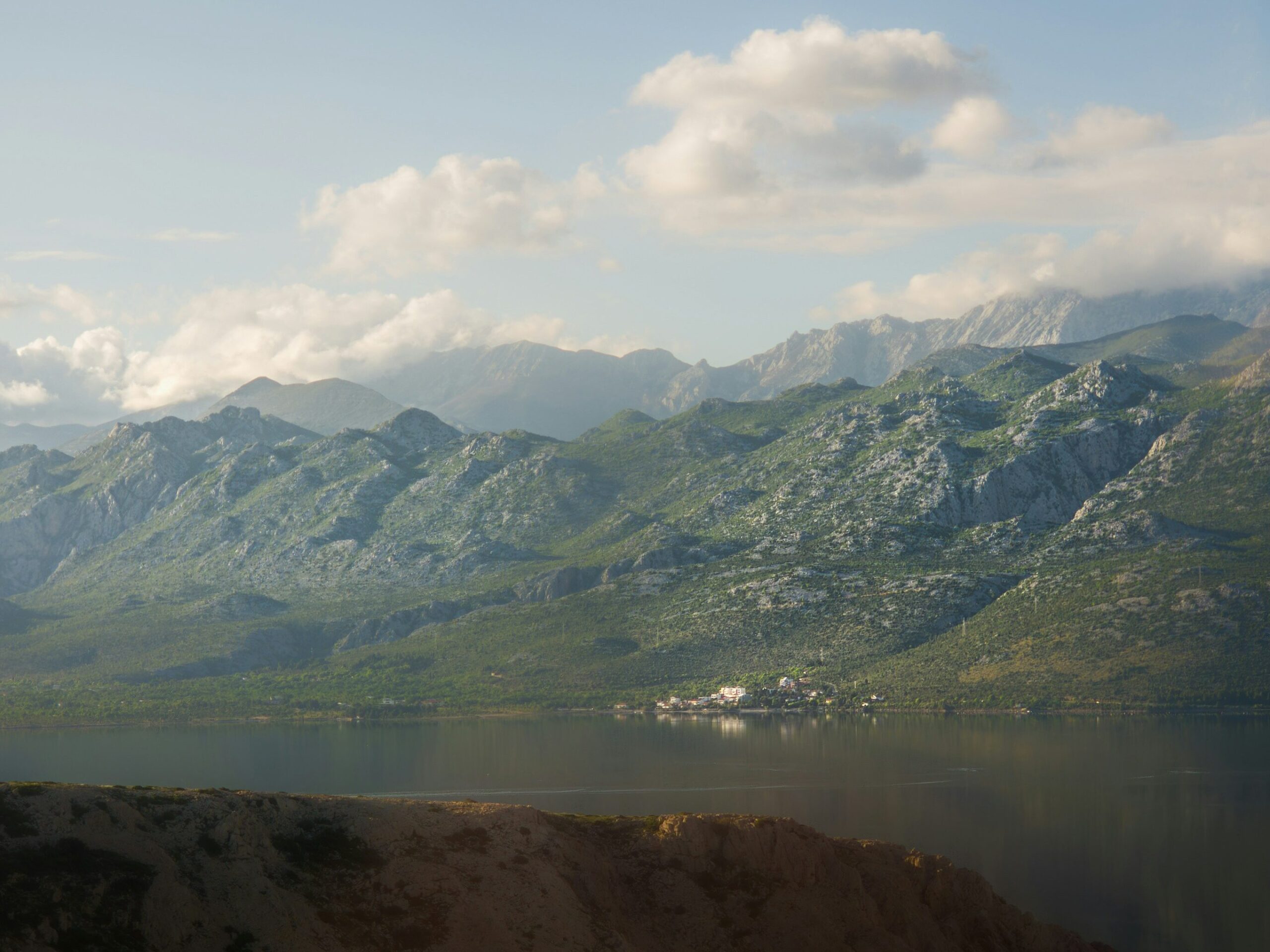
3. Paklenica National Park – Velika Paklenica Canyon to Anića Kuk Viewpoint
Difficulty: 7/10
Time: 4–6 hours
Where: Northern Dalmatia
Distance: ~10 km
Experience Must-Have: Watching climbers scale the massive rock face while you hike below.
This trail punches above its weight. The path follows a wild limestone canyon, winds through pine forests, and leads to a viewpoint below Anića Kuk, Croatia’s famed big wall. Climbers dangle above, and the views make your legs forget the burn.
Background:
This park is more than just scenic; it’s one of the most important preserved ecosystems in the Dinaric Alps. Home to endemic plant species, peregrine falcons, lynx, and over 200 bird species, Paklenica has been protected since 1949 to preserve its rare biodiversity and cultural value.
The name “Paklenica” comes from paklina, a type of pine resin once harvested from black pine trees here. Locals used it for everything from treating wounds to sealing wooden boats—just one of many ways humans and the landscape have been intertwined for centuries. Stone shelters, ancient shepherd trails, and hidden WWII bunkers hint at the mountain’s layered past.
For climbers, Anića Kuk is a rite of passage—the tallest rock face in Croatia and a magnet for adventurers. For culture seekers, the park offers a glimpse into traditional life in the mountain villages. Whether you’re in it for the geology, the folklore, or the trails, Paklenica delivers a deep connection to Croatia’s natural soul.
What to wear/pack:
Sturdy shoes (lots of rock), sunscreen, and trekking poles. There are huts for food and drink—most are cash only.
Weather watch:
Avoid summer midday heat—start early or go in spring/fall.
Transport & parking:
Easy drive from Zadar (~1 hour). Paid parking at the entrance to the park.
Solo tip:
This one’s fairly popular. You won’t feel alone, but still bring essentials in case you decide to continue up the ridge.
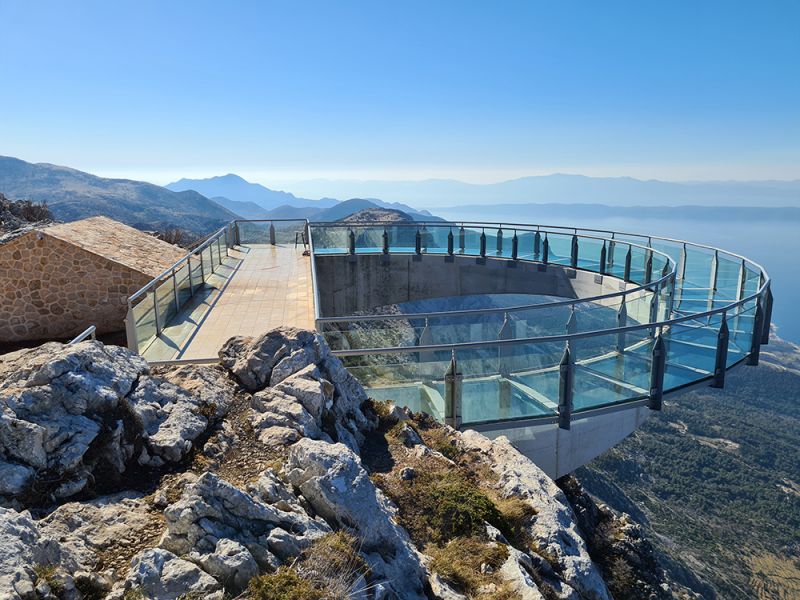
4. Biokovo Skywalk Hike – from Ravna Vlaška to Skywalk
Difficulty: 4/10
Time: 2–2.5 hours round trip
Where: Dalmatian Coast near Makarska
Distance: ~5 km
Experience Must-Have: Stepping out on a glass platform 1228m above sea level.
You can drive to the Skywalk, but where’s the thrill in that? Hike from Ravna Vlaška and earn those dizzying views of the coast. On a clear day, you’ll see all the way to Italy.
What to wear/pack:
Windbreaker (it gets gusty up top), layers, and a good camera. It’s short, but you’re high up.
Weather watch:
Avoid rainy or foggy days—visibility disappears, and it’s no fun staring into a cloud.
Transport & parking:
Drive to the Biokovo Nature Park entrance, pay the small entry fee, and park at Ravna Vlaška.
Solo tip:
The Skywalk is touristy, but the hike up isn’t. If you’re alone, you’ll meet friendly locals and occasional fellow hikers—great for sharing the view.

5. Island of Mljet – Montokuc Peak Trail
Difficulty: 6/10
Time: 3–4 hours
Where: Southern Dalmatia
Distance: ~8 km
Experience Must-Have: Climbing to the island’s highest point and seeing both lakes and the Adriatic.
Mljet is slow travel heaven. You ferry in, bike to the trailhead, then hike through Aleppo pine forest to the Montokuc lookout tower. It’s quiet, mystical, and wildly green.
Background:
Mljet is often called Croatia’s greenest island, but its history is anything but quiet. First mentioned in ancient Greek texts as Melita, Mljet was a stopover for sailors, traders, and even exiles. According to legend, it’s where the nymph Calypso held Odysseus captive in Homer’s Odyssey. Whether myth or not, Mljet’s remote beauty has long attracted those seeking refuge.
The island’s recorded history stretches back to the Illyrians, followed by Roman rule—ruins of Roman villas still lie near Polače. In the 12th century, Benedictine monks settled on a tiny islet in the middle of Veliko Jezero (Great Lake), building a monastery that remains one of Mljet’s most iconic sights. These monks governed the island for centuries, shaping its spiritual and cultural identity.
Later, Mljet fell under the Republic of Ragusa (Dubrovnik), and then the Austro-Hungarian Empire, surviving piracy, invasions, and isolation. Despite all this, it remained largely untouched by urban development, preserving its forests and lakes in near-pristine condition.
In 1960, western Mljet was declared a national park—Croatia’s first marine protected area. Today, visitors ferry in for biking, kayaking, and hiking—but beneath the natural calm, the island’s deep history whispers from every pine-shaded path and stone ruin.
What to wear/pack:
Trail shoes or sandals with grip, water, and bug spray. No shops on the trail.
Weather watch:
Best from April to October. Summers are hot—start early and avoid midday heat.
Transport & parking:
Ferries run from Dubrovnik and Korčula. Rent a bike in Pomena or Polače to reach the trailhead.
Solo tip:
Perfect for solo travelers—easy to follow, and locals on the island are warm and helpful if you get turned around.

6. Učka Nature Park – Vojak Peak Trail
Difficulty: 7/10
Time: 4–5 hours
Where: Istria
Distance: ~10 km
Experience Must-Have: Climbing to Istria’s highest peak and seeing Kvarner Bay spread beneath you. Ucka Nature Park has plenty to offer.
Istria is better known for wine and truffles than hiking, but Vojak is the sleeper gem. The trail from Poklon Pass to the summit of Vojak is steep but rewarding, with views that stretch from the Adriatic to the Alps.
Background:
Učka Mountain is the crown of the Istrian Peninsula, rising steeply above the Adriatic Sea and offering panoramic views that stretch from the Kvarner Gulf to the Julian Alps. But beyond the scenic sweep, Učka has deep cultural and historical roots that anchor it as one of Croatia’s most meaningful natural landmarks.
Since ancient times, Učka has served as both a natural barrier and a gathering place. Illyrian tribes once roamed its slopes, and later the Romans used it to mark the boundary between their coastal and inland territories. In Slavic mythology, Učka was believed to be the home of mystical beings—legends that still echo in Istrian folklore.
In the 19th century, Učka gained popularity among Austro-Hungarian aristocrats who built villas in nearby Opatija, using the mountain’s cooler air as a summer retreat. Its rich biodiversity, including the rare Učka bellflower (Campanula tommasiniana), led to its designation as a nature park in 1999.
Today, hiking Učka to its highest peak, Vojak, isn’t just about the views—it’s about touching a place where cultures have converged for millennia. The stone lookout tower at the summit is both a literal and symbolic high point, offering a 360-degree window into Croatia’s layered past.
What to wear/pack:
Hiking boots, layers, water, snacks. A hat is key—the ridge is exposed.
Weather watch:
Late spring to early fall is ideal. Snow in winter. Early autumn is magical—no bugs, crisp air.
Transport & parking:
Drive to Poklon Pass and park there. No public transport options unless you taxi in from Opatija.
Solo tip:
Cell service is solid and trail markers are clear. A great solo hike with a big reward at the top.
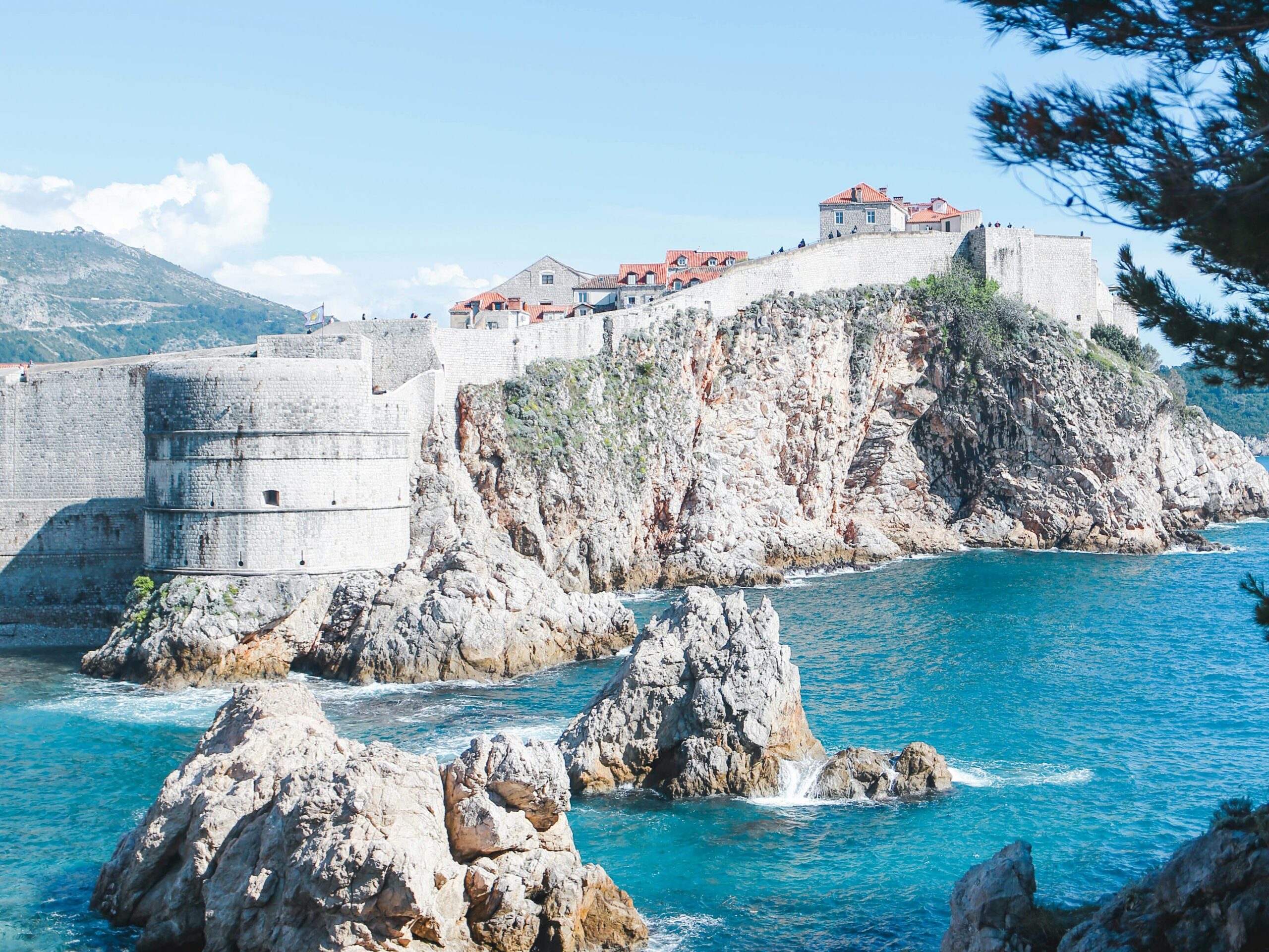
7. Dubrovnik City Walls & Srđ Hill Trail
Difficulty: 2/10
Time: 2–3 hours
Where: Dubrovnik
Distance: ~4 km
Experience Must-Have: Hiking above the Old City for a postcard-perfect view
Technically two trails, this combo starts with walking the walls of Dubrovnik and then climbing the switchbacks up Mount Srđ. You’ll get the classic red-roof view and visit the Homeland War Museum at the summit—don’t skip it if you want to understand Croatia’s recent history.
What to wear/pack:
Sneakers, water, and a light shirt—shade is scarce. Small bills for museum entry.
Weather watch:
Hot and dry in summer. Start early or go for golden hour.
Transport & parking:
The walls start in town, and the Srđ trail begins near Jadranska Cesta road. Cable car is an option back down. Parking in Dubrovnik is expensive and limited—walk or taxi if you can.
Solo tip:
This is a low-risk solo option. The trail is popular and well-marked. Plus, there’s gelato waiting back in town.
7 Key Tips for Hiking in Croatia
1. Hydrate Like You Mean It
Water sources on trails are rare. Always bring more than you think you need—especially in summer.
2. Plan for Sun and Stone
Croatia’s terrain is rocky and the sun is intense. Wear high-SPF sunscreen, a hat, and sunglasses.
3. Shoes Matter
Many trails have loose limestone gravel—sturdy hiking shoes or trail runners are a must.
4. Layer Up
Mountain weather changes quickly. Even in summer, pack a lightweight jacket or windbreaker.
5. Check Trail Conditions
Storms can wash out trails. Use local park websites or ask rangers for updates.
6. Respect the Land
Don’t pick flowers, carve rocks, or stray off trail. Many ecosystems are fragile and protected.
7. Learn a Little Language
Croatians are friendly, especially if you try a “Dobar dan” (hello) or “Hvala” (thank you). Trail names are often only in Croatian—download a translation app just in case.
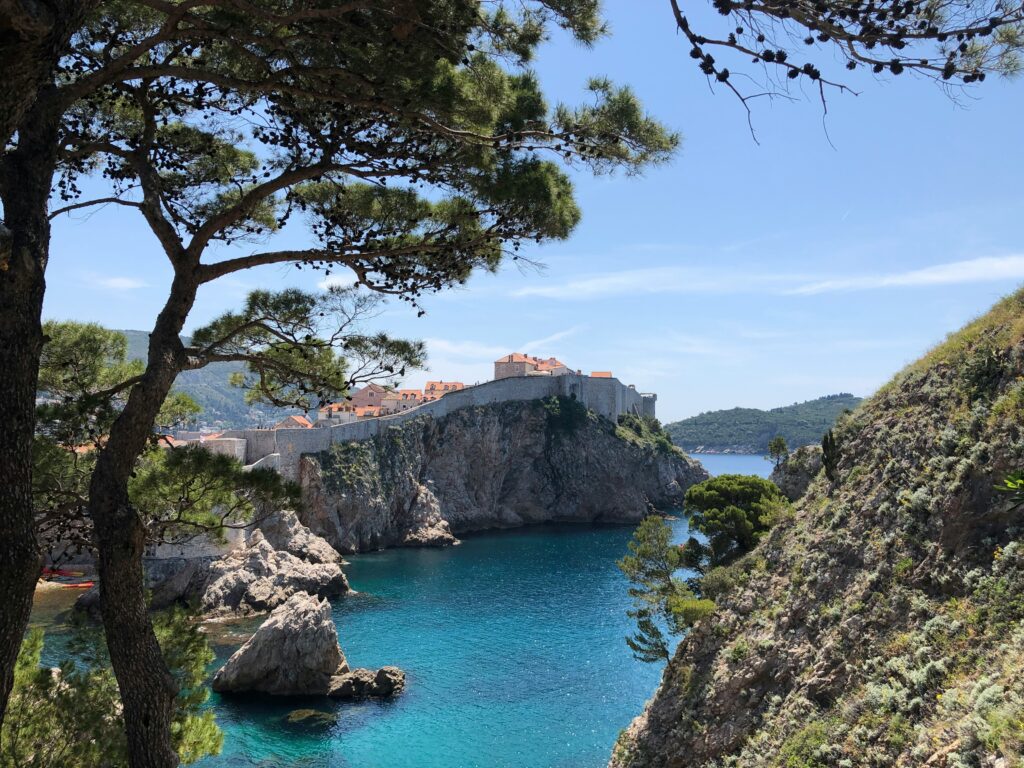
Croatia isn’t just for yacht week and beach towels—it’s a hiker’s paradise, too. Whether you’re climbing mountain ridges or wandering lake trails, each step brings you closer to the heart of this country: its landscapes, its history, and its fiercely proud people.
So zip your daypack, fill your bottle, and hit the trail. Croatia’s calling, and it’s got a view with your name on it.